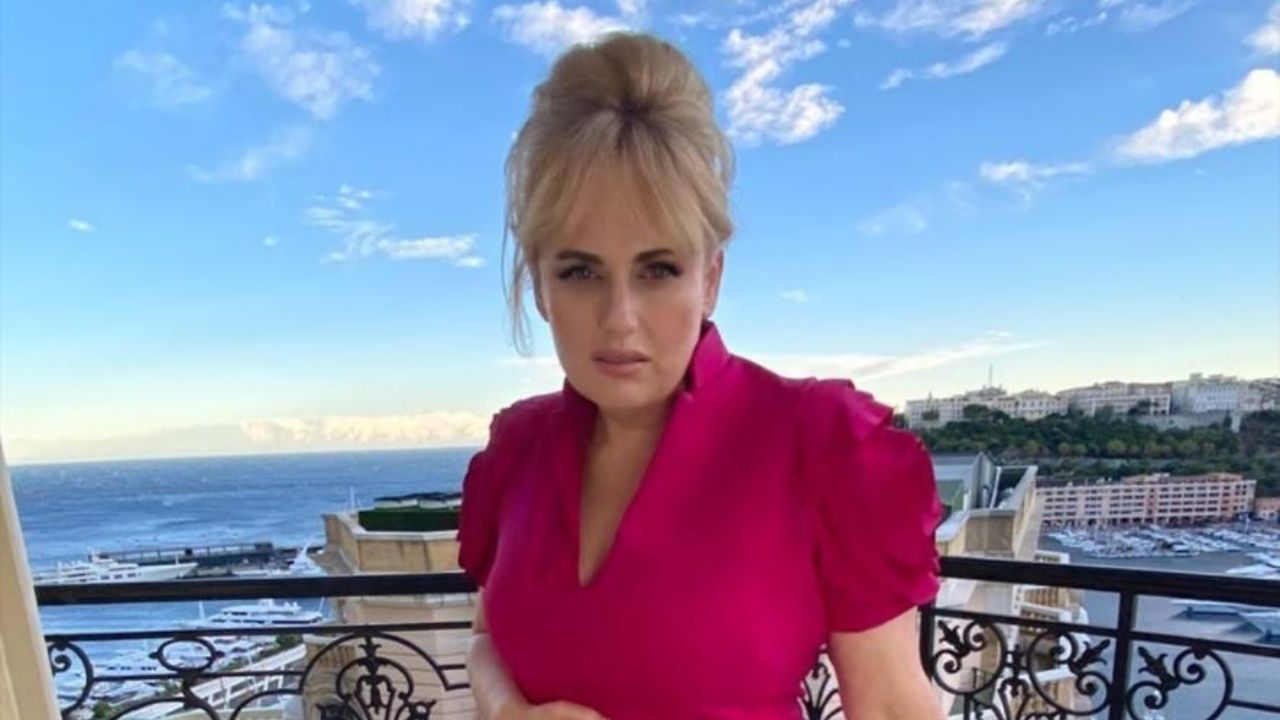SHILLONG:
It used to be a fairly normal practice to watch TV or log onto social media only to notice lean, slim, attractive “socially-excepted” bodies on our screens. Since the 1980s, Indian audiences have been fed a poisoned ideal to aspire to by the beauty culture. Fashion magazines and exhibitions have long promoted the “ideal” size and shape. On top of that, it is very challenging to find clothing at high-end brands that fit unconventional body types and plus sizes.
In India, the standard for beauty has been raised so high that it is practically impossible for anyone to fit in. The common narrative in advertisements, TV shows, and brands is that slim people can afford all the perks in life, such as societal acceptance, successful careers, and healthy relationships, among other things. For some reason, everyone including the fashion industry kept neglecting the plus size girls for years. Walking in shopping malls and stores to buy a piece of clothing seemed impossible because there was nothing for plus-size women. Sadly, the last resort used to be the men section.
However, things have been gradually improving. The way that companies, the media, and society have represented different body sizes and shapes over the past five years has undergone a significant shift. Consumers’ collective consciousness has begun to press clothing and cosmetics brands to cater to all body types and shapes. Women, who primarily focus on the celebration and radical self-love of all body types, can make a significant contribution to the broader acceptance. The shift can also be attributable to fashion brands. These companies, together with their advertisements and production team, can significantly alter the mindset of the average person to a large extent. In order to accommodate larger body types, plus-size fashion and lifestyle firms are expanding their size portfolio. There is no denying the enormous opportunity that the inclusive size market offers. Beauty companies that take a comprehensive approach to size inclusivity can build a substantial base of loyal customers.
Furthermore, the ability and power of social media to hold businesses responsible for their decisions has increased tremendously. Since practically all brands are on social media, especially in the wake of the COVID-19 pandemic, customers can quickly contact them and have a direct connection with the brand and call them out easily. A noticeable increase in the number of plus-size bloggers and influencers on social media has been fueling a revolution in body image and self-love that has permeated the general public. The collective voice of ordinary people seeking inclusion from beauty products has been strengthened by the remarkable pioneering work of these influencers in educating and raising awareness.
Fashion and cosmetics brands have already started moving in the right direction in response to this transformation. Fashion companies and designers can be seen actively collaborating with models of various sizes to reflect this change. Additionally, clothing brands are being sensible and are offering more sizes in-store and online. However, brands have a bigger role than just creating an all-inclusive size choice rather the idea of inclusivity must permeate every aspect of not just the brand but its consumers as well.
Fashion brands that announce they will offer plus-size sizing or enter the market focusing on plus-size women are usually met with a lot of fanfare these days. An all-inclusive approach is always a good one. However, until a few years ago, this was not the case.
According to a recent survey conducted by well-known brands, the plus-size market, which was previously considered a niche sector, is now thriving.
Plus-size women of today are daring and willing to experiment with different styles, shapes, colours, and textures. They are not hesitant to flaunt their curves and instead embrace them as a part of themselves. The only challenge we as industry leaders have to face is to make sure to communicate and build awareness about the lingerie industry through the lens of our culture and instill inclusiveness about plus-sized females. We want them to feel beautiful and comfortable in their own skin and hence, are making concerted efforts to cater to their demands.
Women want clothing that is both comfortable and fashionable. It can be difficult to get the best of both worlds. They frequently have to give up one or both of these characteristics in order to wear the lingerie of their choice!
Actress Rebel Wilson says she feels sad that she did not love herself the right way, which led to her putting on weight. Wilson, incidentally, lost over 10 kilos of weight over the past year.

“I wasn’t loving myself in the way that I should from 20 to 40 — that’s 20 years. I feel so sad that I did that to myself, just not loving yourself in the right way,” she said.
“I’d eat with any emotion. If I was stressed or had exams coming up. But then I’d also eat if I was really happy, like I went out on an awesome night and had a great time. Other people would just go home and go to bed but I’ll be like, ‘What am I going to do? I’ll just eat these chips and then go to bed’,” she said.
The actress is cautious of celebrating her now-slender frame because she doesn’t want to send a wrong message.
Wilson said her success has “pigeon-holed” as a plus-sized actress and added that producers just want her to “play Fat Amy in multiple movies and call the character something a bit different”.


